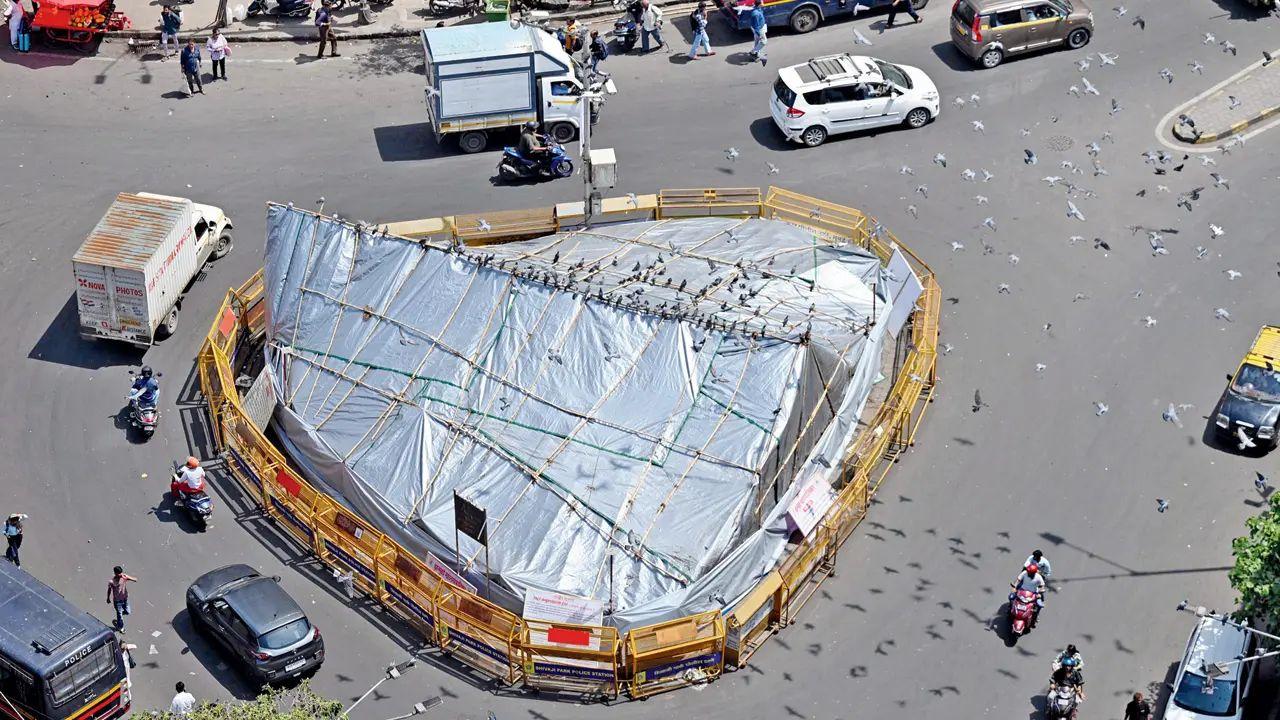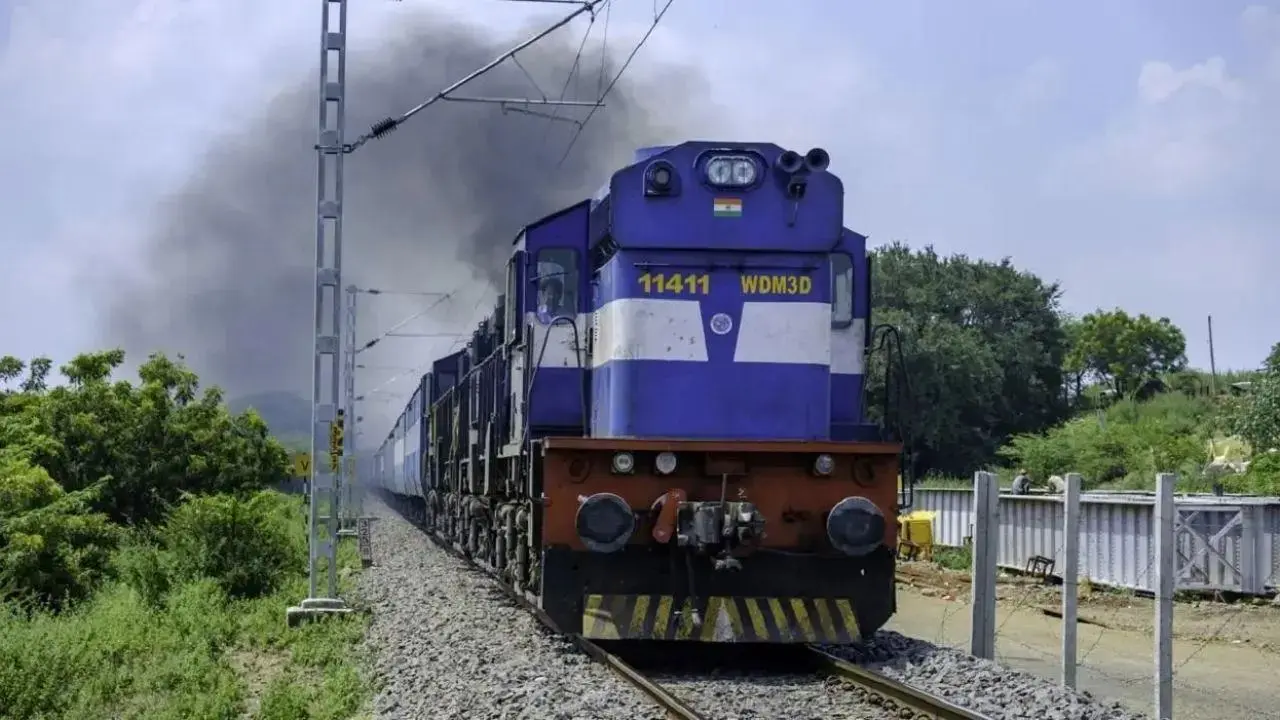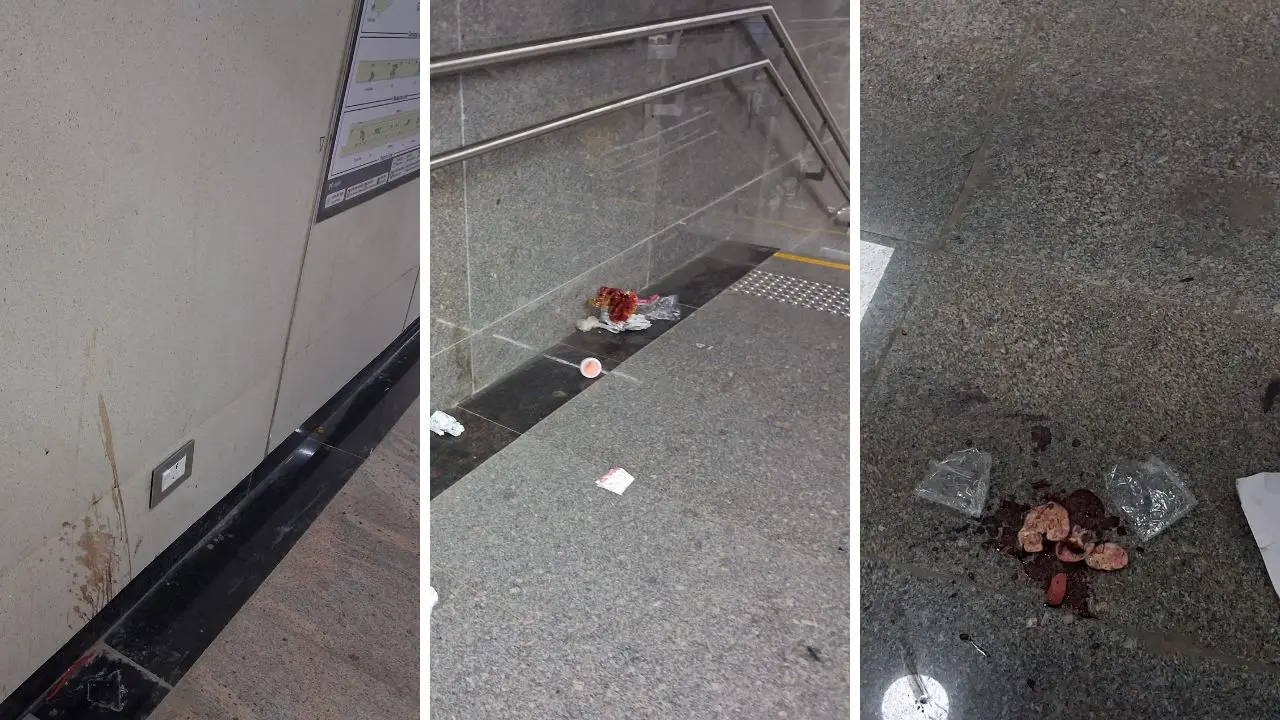The Santacruz weather station recorded 447.2 mm of rain in just two days on Monday and Tuesday, while the Colaba station recorded 217 mm, resulting in key learnings for the civic body regarding disaster management in the city. These include not adhering to a set pattern of disaster response for the monsoon months, and tailoring solutions regarding waterlogging to specific locations, instead of a ‘blanket approach’ for the whole of Mumbai.
Moreover, in a short span of six hours from 4 am to 10 am on Tuesday, Mumbai recorded over 200 mm of rainfall, resulting in severe waterlogging across the city. Old chronic waterlogging spots such as Hindmata and Gandhi Market were flooded with over 1.5 feet of water, highlighting the strain on the infrastructure already installed in both these locations to curb the accumulation of water. The BMC is now mulling over additional work at Hindmata and Gandhi Market to curb waterlogging in case of heavy rain.
Takeaways from May 26
After monitoring the situation around the clock, the BMC concluded that it is crucial to ensure all dewatering pumps are working at full capacity during heavy downpour. Additional Municipal Commissioner Abhijit Bangar told mid-day, “Mumbai had a tide advantage on Tuesday. On 26 May, we were dealing with a high tide amounting to 4.8 metres. On Tuesday, the tide was about 3.5 metres in height. This gave us the scope to monitor all dewatering pumps from the control room, and ensure each one was working at full capacity. Water receding time at heavily waterlogged areas was eased.” Due to the dynamic and unpredictable nature of the rains this monsoon, there is no one stop solution to tackling waterlogging in the city. “We now need to ensure that pumps are ready by May 15, instead of the last week of May,” Bangar added.
New tech planned
The BMC plans to install flow meters for each of the dewatering pumps in the city, which can be monitored from the Disaster Management Control Room, to adjust their capacity in near real time if waterlogging is noted, Bangar said. This technology is likely to be installed for the upcoming monsoon to create more checks and balances. “We were monitoring the situation at the pumping stations in near real time. On Monday, we noticed pumps at Britannia pumping station were not operational, so we were able to immediately call up the staff concerned and find out what had happened. This method can be replicated for dewatering pumps also.”
Detailed individualised study
Several new waterlogging spots have also emerged this monsoon, such as the Malad Subway, which had not flooded during monsoon 2024, and so far in 2025. “We are carrying out an analysis of why each of the waterlogged spots got affected. On the basis of this, we will have to curate specific plans for each spot,” Bangar said.
There are 520 dewater pumps installed across the city, of which 11 are at Hindmata Junction, and four at Gandhi Market Junction. However, with the heavy rain during Tuesday’s early hours, the underground water tank at Hindmata filled up to capacity by 10 am. Following this, the BMC was unable to operate the dewatering pumps at Hindmata at full capacity, resulting in waterlogging.
Lessons learned in two days
Speaking about the waterlogging, Bangar said, “We have also learnt that the BMC needs to develop location-specific solutions to tackle waterlogging. For example, holding ponds at Hindmata did not suffice for heavy rainfall, so we need to ensure the water from Hindmata that is taken to Pramod Mahajan Udyan on Senapati Bapat Road is also drained towards Britannia pumping station with speed, to effectively utilise Hindmata’s holding ponds. Moreover, we cannot replicate the solution executed at Hindmata for the Andheri Subway.”
Rain received on Aug 18-19
Santacruz 447.2 mm
Colaba 217.6 mm
Monsoon average surpassed
>> In 2025, Mumbai’s South West Monsoon has crossed its average, reaching 2193.2 mm of rain as against the average of 2101.8 mm.
>> Tuesday’s downpour was more intense than Monday’s, with the Santacruz observatory recording 163.4 mm of rain in the nine hours between 8.30 am and 5.30 pm — more than Monday’s 129.1 mm during the same time.
Weather station Monsoon quota 2025 Monsoon quota 2024
Santacruz 99.65% 86.75%
(2310.8 mm) (2246 mm)
Colaba 72.23% 85.63%
(1513 mm) (2073.9 mm)











